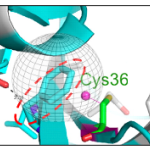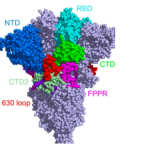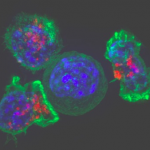New Covid variants are once again emerging, suggesting that a late summer surge is imminent. Why does this keep happening? Some of it can be explained by a simple chemical reaction that would be taught in any standard organic chemistry course.
mutation
A recent study showed that Pfizer's Paxlovid, the most effective Covid drug, failed to prevent infection when given to people who were exposed to the virus but had not yet become infected. Bad news, right? Actually, no - it's quite the opposite. Here's why.
Just what we need: another COVID variant. This one is called Delta AY.4.2 and it's now circulating in the UK. It might be a bit worse than the already awful Delta variant. Should we be concerned? And what does this suggest about COVID in the future?
Over the past 20 months, some formerly unknown terms have become part of our vernacular, thanks to COVID-19. Do most non-scientists understand them? We’re guessing: Probably not. So, here’s a primer that may help you better understand what you're hearing and reading.
You may have encountered the term "D614G mutation" when reading about the COVID delta variant. What does this mean? Why is it important? Why does it make "delta COVID" more infectious? Keep reading.
The Atlantic says that the new coronavirus strain is a "huge danger." However, the virus already mutated early last year to become more infectious. There's no reason to panic yet.
The coronavirus has mutated to become more infectious. Does that mean it will become more or less lethal? And what implication does it have for a vaccine and herd immunity?
In the human body, there are roughly two trillion cell divisions every day. Molecular mechanisms to ensure that DNA is replicated properly are very accurate, but mistakes are inevitable. Most of the mistakes don't change anything but some cut the brake lines that control cell division -- and these can lead to the development of cancer cells. Dr. Chris Gerry explains, in Part 2 of his series on the complexities of cancer.
Now, another, recently-discovered mutant gene seems to be associated with a 38 percent increased risk of having a heart attack, in men at least. And the gene was found in about one-eighth of those men tested, making this quite an interesting and potentially highly important risk factor.







